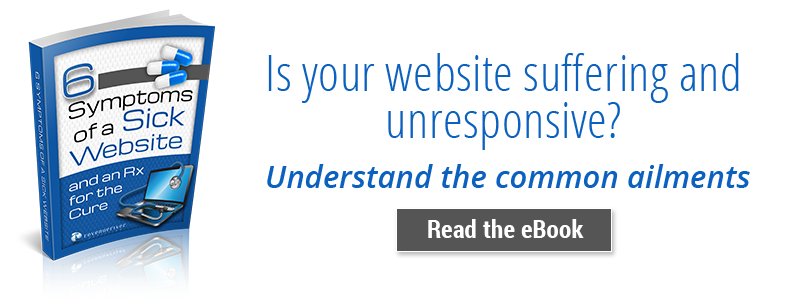

Taking a website live can be a daunting task. After all, it is the culmination of countless hours of work, testing, rework, etc. and now is the moment of shining glory. Unfortunately, most of the negative perception of launching a website comes from lack of planning and not testing the site extensively.
Depending on where your website is hosted will determine the specific steps and settings needed to “launch” the site. This article is not about updating DNS records. What it is about, is giving you a guideline or checklist of things to do before you swap out that cName record to ensure that when you do so, it is not a complete crash and burn catastrophe. So without further ado, here are my main steps to take before launching your new site:
Links –
Broken links can have the most impact on user experience. If someone comes to your new site and clicks a link, only to reach a 404 page, this can cause a very negative user experience. But it doesn’t even have to be a page link. If the link (or file path) to an image is broken, it could break the entire page structure and cause the user to abandon the page or site altogether. I can’t emphasize enough the importance of testing and retesting your links. Many times a site is built on a staging platform and then pushed to a production platform upon launch. During this time, it’s important to make sure all staging links are converted. Platforms such as the HubSpot COS allow users to connect their pages with relative links. A relative link is a link to the page itself instead of a URL. The benefit of this is that when going live, you don’t have to go back and update the URL since it’s linked to the page. (Instead of linking to http://www.domainname.com/thepageIwant, you link to /thepageIwant)
Browser Testing –
The bane of any developer is browser testing. With so many different browsers and versions of said browsers, this is possibly the most tedious part of a website launch, but also one of the most important. Because a website should appeal to the greatest majority possible, it’s important to take into consideration browser usage trends. Below is a chart from the W3C Schools showing the current browser usage.
In addition to making sure your site displays consistently across all browsers, it’s imperative in today’s mobile world to also test your site on multiple mobile browsers and resolutions as well. The responsiveness of the website should be tested extensively prior to launch so that you know it shows up correctly on all devices as well. To test your site on alternate browsers, check out the Revenue River Responsinator.
Forms and Lists –
Another important part of your website to test are your form submissions and contact lists. The main purpose of your website is to convert visitors, right? So it’s best practice to make sure your conversion elements are working properly. Send multiple test submissions to make sure the contact is being added to your database and / or the correct list for that conversion. In addition, you’ll want to test post submissions. Are there redirects in place or in line thank you messages? Do they say what you want to say or were they left as default? Making sure your conversion elements are in place will ensure optimal website conversion performance.
UI / UX –
Although user experience should have been a consideration dating back to the design phase, it’s always a good idea to continually test it. Before launch, have multiple people “surf” the website as a normal customer would. Being able to have multiple sets of eyes (and mice) clicking around on the site will help cover all areas of the site. Are the conversion paths functioning as expected? Are the user flows working as they were designed to? Thanks to Mark Knowles with Search engine Watch a cool trick to test the site speed in relation to user experience is Page -> F12 -> Network Tab -> reload page. This nifty little trick will assess the site load time of each element. If you page is loading slowly due to large image size or some other elements, this will help you identify the culprit and optimize it for better efficiency.
All in all launching a website can be a positive experience as long as the proper time and effort are dedicated prior to going live. With careful testing of the pages, links, page elements and other aspects of the site, you can ensure a smooth launch. But as with any launch, there is also post-launch adjustments that need to be made. So just because you put in the time before going live, don’t forget to do a final test after launch to ensure that nothing was missed. Once you have a solid plan in place for launching a site, you can then implement that workflow for all your other sites moving forward. This will ensure that your web development and launch are a well-oiled machine that is sure to delight your clients.

